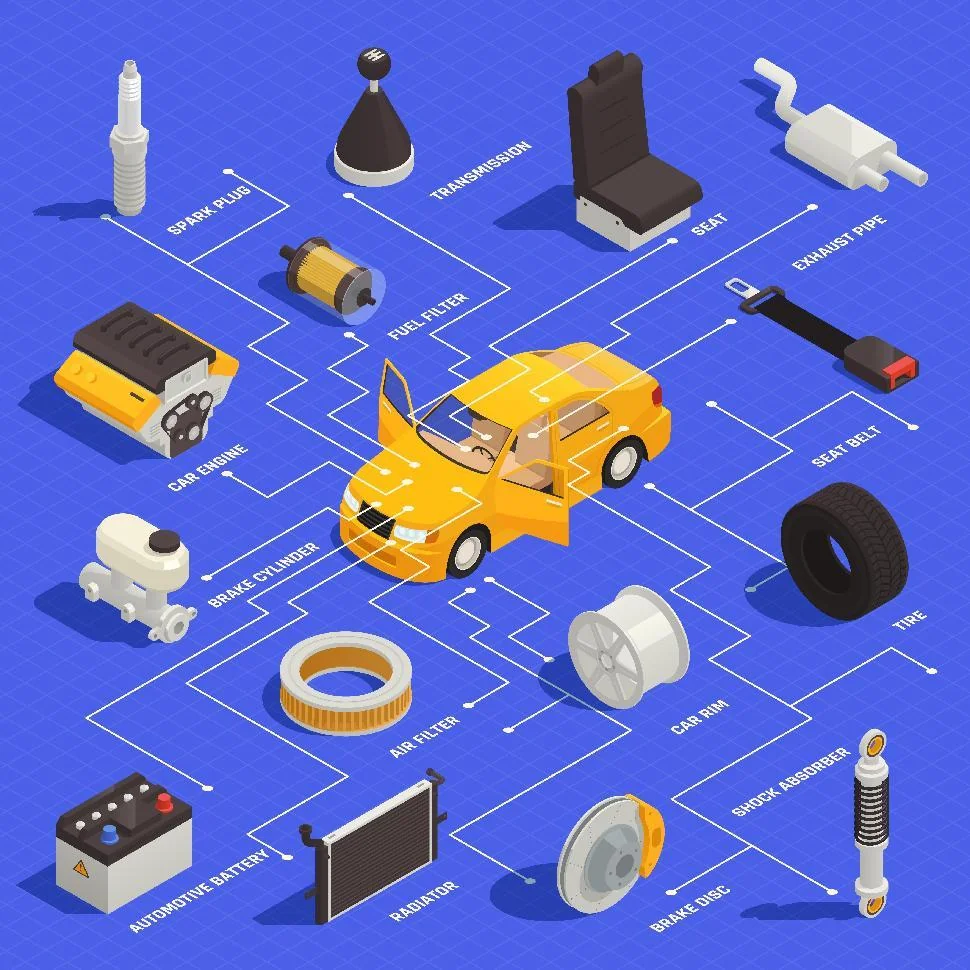Manufacturing electronic devices are not exactly difficult with modern assembly lines, but having all the parts and pieces required to get these products ready, up and running requires that the big companies behind them are able to procure the production runs of the pieces needed to ensemble them. Key components that were previously made of metal have been replaced with hard polymers that have proven to be more efficient performance-wise. Many companies offering rapid prototyping services in mainland China have their work cut out for them since big players tend to outsource their manufacturing to these companies to cut costs and improve shipping times of their products in certain markets. The following is a brief list of rapid prototyping services these companies look for when they need someone to handle some of their development for them:
Table of Contents
ToggleTesting Metal and Plastic Tech
In a bid to make their products cheaper to produce, many companies keep ongoing developments and research to recreate brand new parts that are usually cast in metal. So far the efforts have been polarizing at best with many parts being successfully replaced in many appliances but with many more proving to be functional only when they are cast in metals or other alloys. The tests are often done using investment casting using 3D wax models, sand casting using clay, or plaster casting using light alloys such as aluminum.
Machining Procedures
Machining procedures are often used for electronic devices to create parts directly from metal stocks. In the past, this method was preferred only for large production runs due to the enormous costs of production. Prototyping was out of the question, but the recent upgrades of 3D CAD design programs allow rapid prototyping services to create parts using metals as quickly and efficiently as using resins and polymers.
Polymers for Transparency and Lighting
Some of the most streamlined looks on electronic appliances are achieved by the increasing use of polymers that can withstand the molding conditions required to obtain a great final look. Acrylics, in particular, have become a game changer when it comes to providing transparency features to devices such as microwave ovens, electric pots, washing machines and anything that is best served with some window view so the user can see the process occurring inside the appliance. The use of LED lights inside these devices has also made them much more functional and less dependent on regular light bulbs that can alter the required settings of the temperature of any of them.
Closing Thoughts
While there is still a lot of trial and error in the manufacturing procedures being used to create the appliances we use at home, there is no denying that many of them work very differently than the ones used by previous generations. Some of them have reached stages of integration where multiple devices are no longer needed in part to this wonderful combination of manufacturing techniques that embrace the best of both worlds. Other industries have taken notice and are pursuing their efforts by following these development principles to make their tech functional and affordable.







